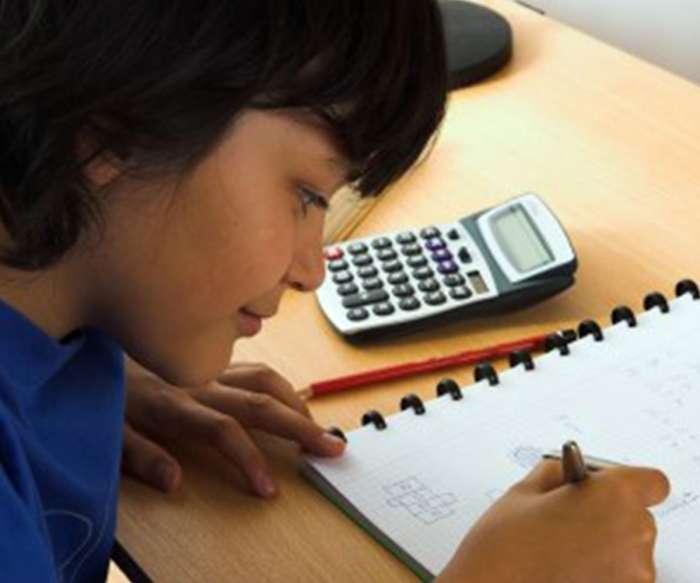In this article, you will find:
Understanding the English Language Arts and Literacy Standards
According to the Common Core State Standards Initiative website, the English Language Arts (ELA) Standards are broken down into four key components — reading, writing, speaking and listening, and language — and as students advance through each grade, they are expected to reach the grade-specific Standards, retain and strengthen the skills mastered in earlier grades, and keep working towards the general expectations set forth by the Common Core Standards.Rolled in with the ELA Standards is a related set of standards called "Literacy in History/Social Studies, Science, and Technical Subjects." Beginning in grade 6, these "Literacy Standards" are aimed at helping students speak, listen, and use language effectively in a variety of school subjects, including history and science — not only in language arts class. The Literacy Standards are meant to supplement — not replace — the curriculum of these subjects. So science and history students still learn the usual concepts and facts in those subjects, but the classes have more of an emphasis on communication skills and evidence-based reading and writing that relates to that subject.
Because of the importance of media and technology in the 21st century, the Literacy Standards also require students to use more technological and digital resources. For example, third graders are expected to know how to efficiently search online using important keywords on a particular topic, and use keyboarding skills to produce and publish writing for ELA class. Students should also know the strengths and weaknesses of different technological tools and know which one to use that will be most helpful to their current research.
In an example of the new ELA Standards, a fourth grader reading a classic book might be expected to consult online reference materials, such as a dictionary and thesaurus, for correct pronunciations and to clarify the precise meanings of key words. In writing a book report, she must include information and explanations that demonstrate that she understands (and not only recalls) important details and themes. She should also be able to work with her classmates by listening to other ideas on the topic, and verbally show an understanding by recalling relevant information.
For middle or high-school students, the Literacy Standards in history class mean that instead of just learning and memorizing the specifics of a historical event in a text book, students are encouraged to discuss the factors and evidence presented to them. The teacher might use prompts and questions to lead the students in a conversation about why the event occurred, how the outcome could have been different, whether or not it was preventable, any laws and codes that were violated, etc. They might use old newspaper clippings, records, and any other information from that specific time period to help them work together to reach a conclusion on their own, instead of having the teacher simply present the facts.
